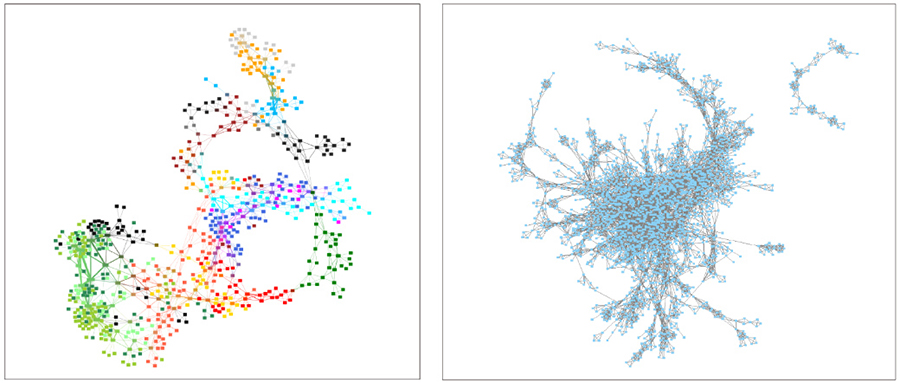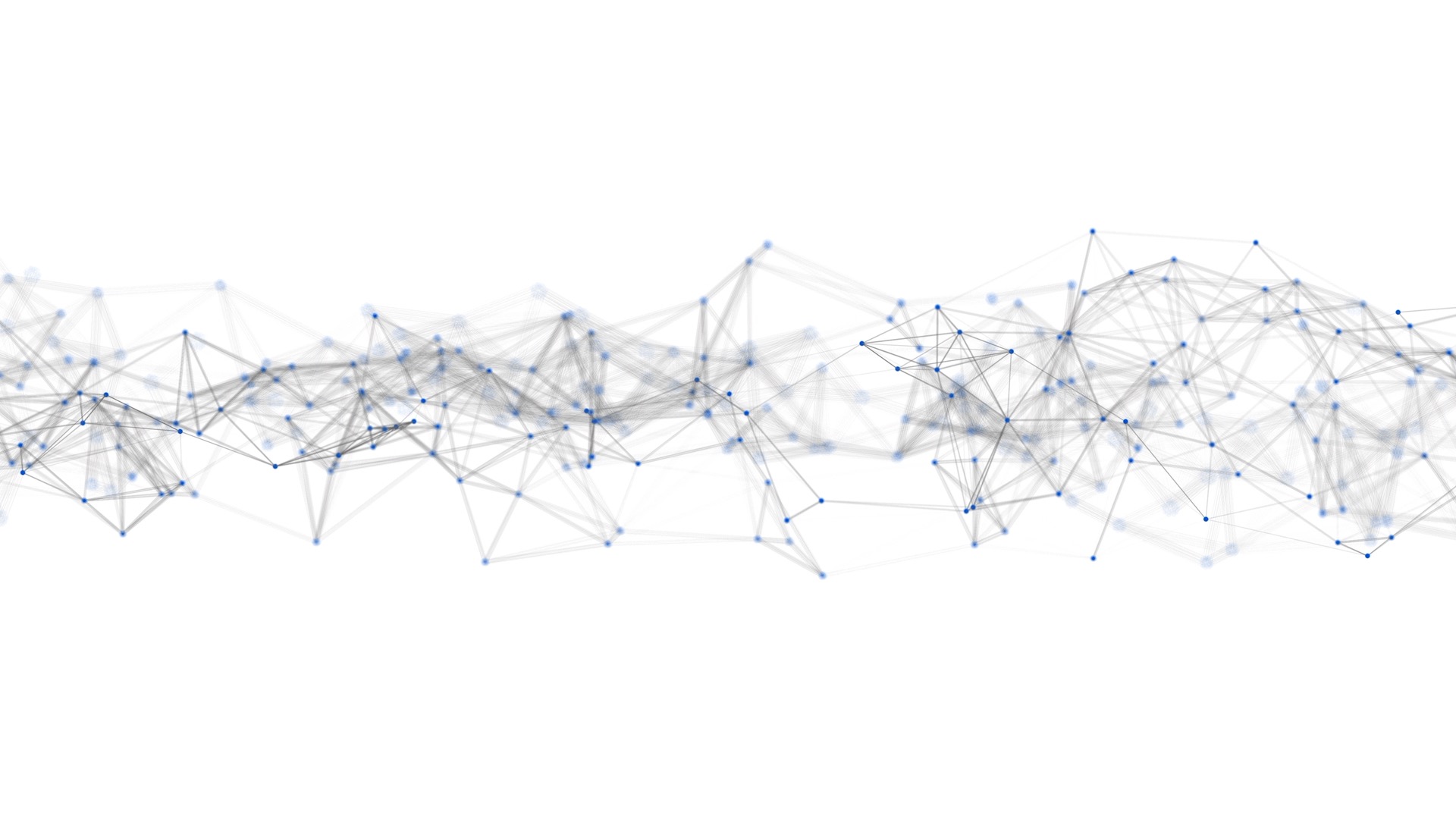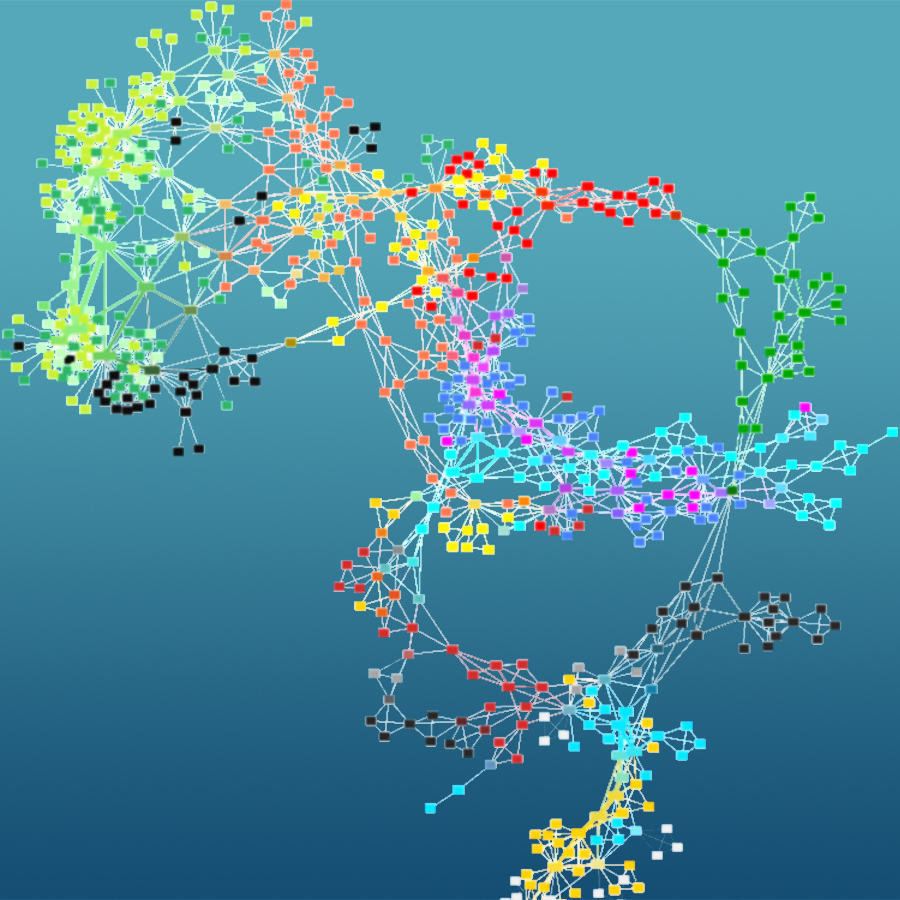Research Overview
Topological data analysis is an emerging concept in applied mathematics in which we characterize “shape of massive and complex data” using topological methods. In particular, persistent homology and mapper are nowadays applied to a wide variety of scientific and engineering problems including materials science, life science and social networks etc. By combining various mathematics such as topology, representation, statistics and probability theory, our group has succeeded in making topological data analysis powerful and general methods for practical problems. For example, we have applied these methods to structural analysis in materials science so far, and the developed techniques by our group are expected to be a key technology for materials informatics. In ASHBi, we aim to understand the principle of species differences among humans, non-human primates, and rodents by applying topological data analysis, dynamical system, and machine learning to multi-species, multi-cell types, multi-hierarchical omics information. This analysis will also be extended into the identification of the principles for the species differences on the scales of time and physical dimensions in development and growth. We hope that interdisciplinary researches between biology and mathematics in ASHBi will develop powerful advanced mathematical methodology for massive and complex biological data, and contribute to the progress of life science.

Publications
Yachimura, T., Wang, H., Imoto, Y., Yoshida, M., Tasaki, S., Kojima, Y.,…Hiraoka, Y. (2024). scEGOT: single-cell trajectory inference framework based on entropic Gaussian mixture optimal transport. BMC Bioinformatics, 25(1), Article ARTN 388. https://doi.org/10.1186/s12859-024-05988-z
Hiraoka, Y., Imoto, Y., Lacombe, T., Meehan, K., & Yachimura, T. (2024). Topological Node2vec: Enhanced Graph Embedding via Persistent Homology. Journal of Machine Learning Research, 25, Article 134. https://jmlr.org/papers/volume25/23-1185/23-1185.pdf
Imoto, Y., & Hiraoka, Y. (2023). V-Mapper: topological data analysis for high-dimensional data with velocity. IEICE Nonlinear Theory and Its Applications, 14(2), 92–105. https://doi.org/10.1587/nolta.14.92
Imoto, Y., Nakamura, T., Escolar, E., Yoshiwaki, M., Kojima, Y., Yabuta, Y.,…Saitou, M. (2022). Resolution of the curse of dimensionality in single-cell RNA sequencing data analysis. Life Science Alliance, 5(12), Article e202201591. https://doi.org/10.26508/lsa.202201591
Obayashi, I., Hiraoka, Y., & Kimura, M. (2018). Persistance diagram with linear machine learning models. Journal of Applied and Computational Topology, 1, 421–429. https://doi.org/10.1007/s41468-018-0013-5
Kusano, G., Fukumizu, K., & Hiraoka, Y. (2018). Kernel Method for Persistence Diagrams via Kernel Embedding and Weight Factor. Journal of Machine Learning Research, 18, Article 189. https://jmlr.org/papers/volume18/17-317/17-317.pdff
Kimura, M., Obayashi, I., Takeichi, Y., Murao, R., & Hiraoka, Y. (2018). Non-empirical identification of trigger sites in heterogeneous processes using persistent homology. Scientific Reports, 8, Article 3553. https://doi.org/10.1038/s41598-018-21867-z
Saadatfar, M., Takeuchi, H., Robins, V., Francois, N., & Hiraoka, Y. (2017). Pore configuration landscape of granular crystallization. Nature Communications, 8, Article 15082. https://doi.org/10.1038/ncomms15082
Hiraoka, Y., Nakamura, T., Hirata, A., Escolar, E., Matsue, K., & Nishiura, Y. (2016). Hierarchical structures of amorphous solids characterized by persistent homology. Proceedings of the National Academy of Sciences of the United States of America, 113(26), 7035–7040. https://doi.org/10.1073/pnas.1520877113



